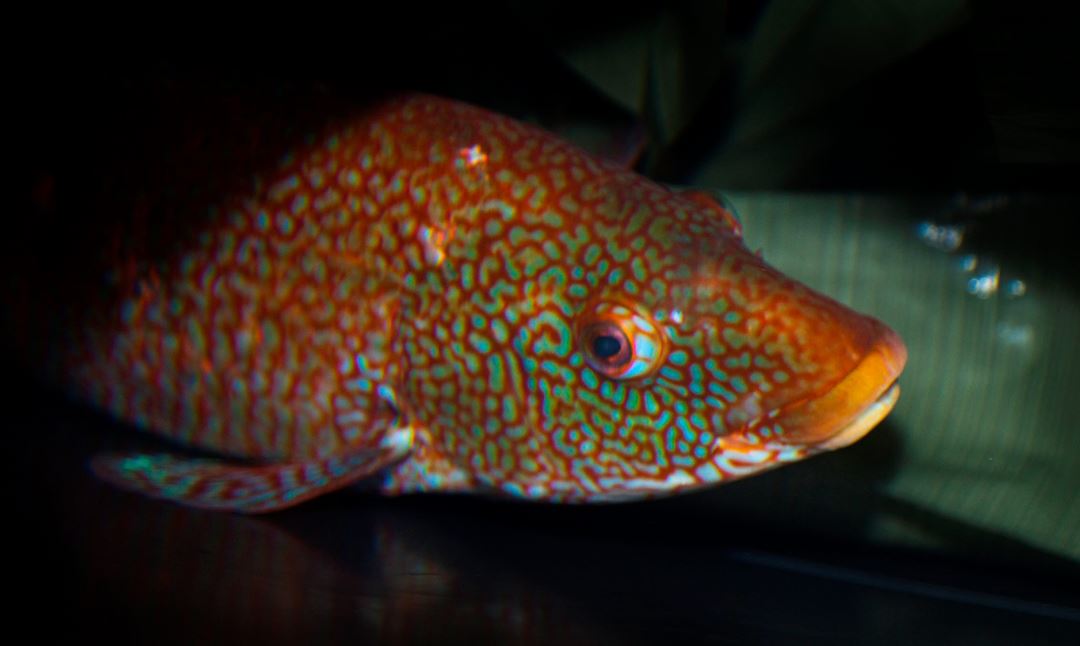Over the last few years there has been an increased interest in the use of wrasse as an environmentally friendly and sustainable tool in the fight against sea lice both in Norway and internationally. This development has therefore highlighted the need to farm wrasse.
Typical challenges in wrasse production is high organic load in the spawning tanks which provide good conditions for bacterial growth and poor environmental conditions. The main problem is high bacterial growth during the hatching period in which the main source of the bacteria are spawning mats that are transferred from the spawning tanks to the hatching tanks. High bacterial load can damage the eggs and cause detrimental colonization of newly hatched larvae. By using antifouling coatings on spawning mats, the egg stage and early larval stage could take place in an environment with low bacterial load.
